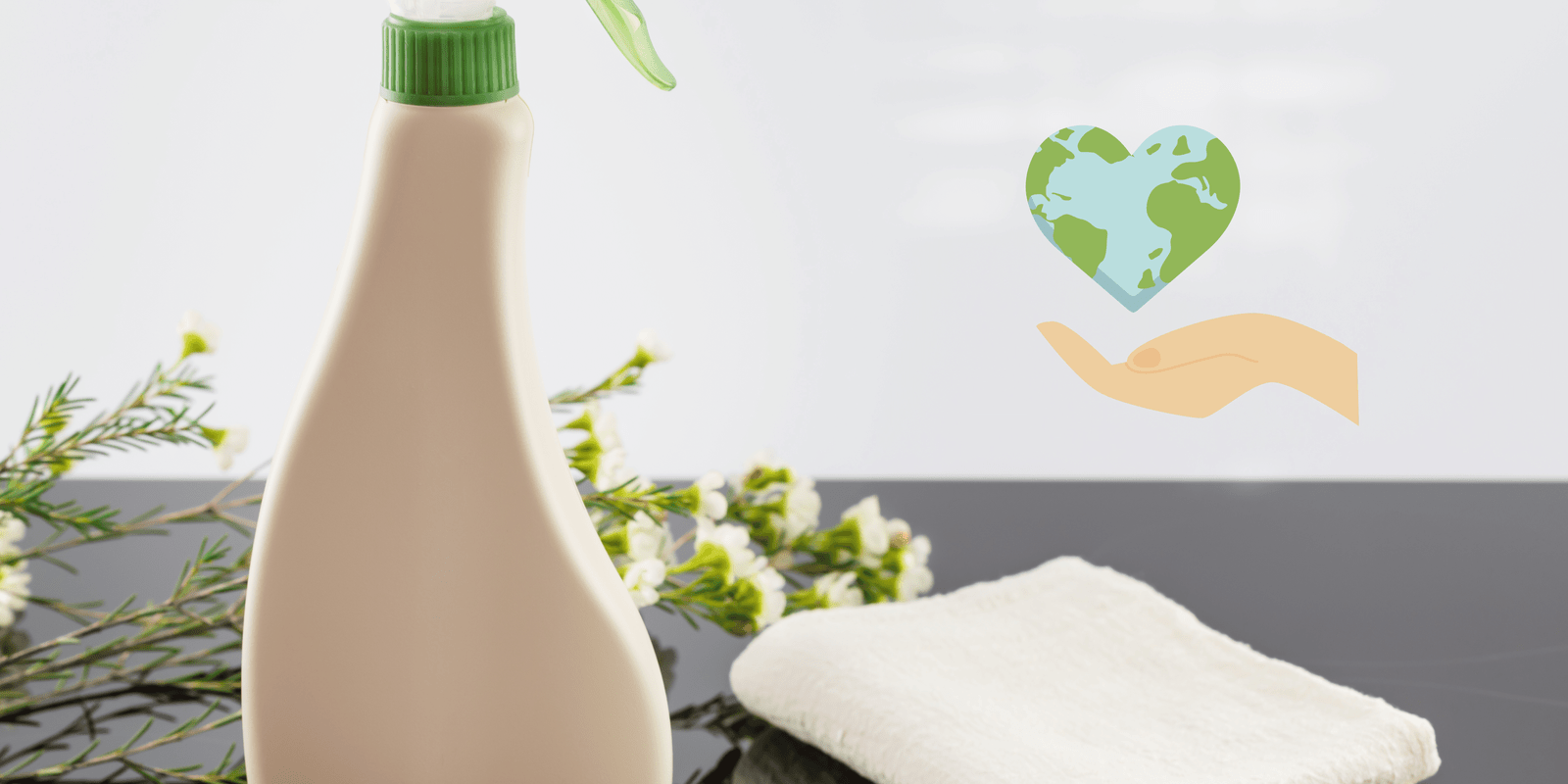- 23-Jan-2024
The Complete Guide to Cleaning Restaurants Safely and Efficiently
12

The Complete Guide to Cleaning Restaurants Safely and Efficiently
The cleanliness of a restaurant is something that must be maintained and upheld by any food premise. Besides, the establishment of a clean restaurant not only enhances the restaurant’s looks for customers but also saves the staff and customers from getting infected by bacteria in the unhygienically cleaned environment. Moreover, proper cleaning processes are essential for clearing health regulatory standards and avoiding cross-contamination with food.
It provides a complete overview of all aspects of cleaning for restaurants and is essential for ensuring that you maintain cleanliness in your restaurant without compromising on efficiency or effectiveness.
Proper cleaning of restaurants and Customer hygiene
Maintaining cleanliness in a restaurant is critical for several reasons:
Food Safety: Hand washing and general cleanliness help to minimize bacterial growth and the transfer of bacteria from food to food, which can lead to foodborne disease. This is important in maintaining the health standards of the customers and staff in the business entity.
Customer Experience: When areas such as tables, floor, windows, etc., are cleaned, the environment looks better, which will definitely attract more people to come to the restaurant more times/often.

Employee Productivity: Clean and neat kitchens and storages make it easier for the cooks and servers to get what they need quickly.
Regulatory Compliance: To pass through health inspections at all times, compliance with these sets of standards must be met, which test cleanliness and organization. Such failures have ramifications, such as fines or closure of the restaurant business.
The first task in developing your restaurant cleaning schedule is to get an understanding of the cleaning requirements of your restaurant.
To avoid leaving out any part or area of the house, it is advisable to develop a daily, weekly, monthly, and once-a-week or once-a-month cleaning checklist. Enumerate all the areas, equipment, appliances, etc. that require cleaning and how frequently the cleaning is to be done.
Ensure that all the cleaning staff are aware of these protocols to reduce misunderstanding about whose responsibility it is. Arrange other tasks to be performed at different times so that cleaning tasks do not accumulate. It may be advisable to leave some space for regular detailed cleaning tasks to be done more effectively.
Daily Cleaning Tasks
The ongoing cleaning processes are the basis that should be followed by your restaurant to ensure hygiene.
These include:
– Cleaning is done in a comprehensive manner by washing the floors.
– Cleaning all types of surfaces, such as tables, chairs, and countertops.
– Using disinfectants on the menus after the customers have touched them
– Removal of food residues and cleaning and disinfecting utensils and other food processing items
– Monitoring cleanliness of restrooms and supplies if need be
Erasing all the discarded waste on the table, including but not limited to ash from ashtrays, used napkins, used cups, and any other waste left on the tables should be discarded Cleaning and wiping all the re-usable items on the table, such as Menus, silverware, cups, glasses, etc., should be cleaned and restocked with whatever is needed for the next day.
Weekly Cleaning
While daily cleaning tackles surface-level tidiness, weekly deep cleaning removes grime buildup:
– Maintenance of the fans and the ceiling vents
– Cleaning the kitchen walls, floor, and storage places
– Empty, clean, and sanitize all refrigerators and freezers
– Clean lamps and other ornaments found around the restaurant
– Wash all the linens, towels, uniform
Cleansing one day of the week means you have a fixed day and time when this process will be carried out without affecting too much of the customer’s time.
Monthly Maintenance
Some cleaning tasks should be done monthly:
– Clean grease traps
– Check for plumbing and fix any visible issues or leakages
– Look for signs of pests, mend all evidence of their entry
– HVAC filter changes
– Cleaning around and under appliances that are massive
– Clean all the windows and glass structures both in and out.
Periodic Deep Cleaning
A more extensive cleaning every 3-6 months prevents long-term dirt accumulation:
– Wash using the pressure system the exterior dining areas
– Shampoo upholstered seats
– Sand and re-apply varnish or paint of floors
– Such areas as doorknobs, light switches, and telephone panels are ideal to apply a touch up interior paint.
– Clean tiles and grout to the extent that only the grout colors remain visible.
The cleaning process of the walls ought to be completed from the ceiling up to the floor.
Bring in outside cleaning services occasionally, to do a deep cleaning of kitchen hood surfaces, ducts, and other items that need rented equipment or special skills to clean.

Equipment and Cleaning Agents
Stock your restaurant with reliable equipment and EPA-approved products:
Equipment
– Floor cleaning equipment, which includes mops, brooms, and vacuum cleaners
– vacuum cleaners, and steam cleaner and pressure washer.
– When cleaning, it is also essential to clean the caddies that are found on the cleaning carts.
Cleaning Agents
– Degreasers for kitchens
– Hand cleaners, sanitizers and surface disinfectants
– Glass cleaner
– All-purpose cleaner
– Bathroom cleaning supplies
It is essential that the cleaning products that may harm the skin be prepared by well-trained staff only. Ensure that towels used in different areas, such as restrooms, dining areas, etc, are of varying colors to eliminate cross-contact.
Conclusion
Cleaning is one of the most critical aspects that need to be prioritized by every restaurant or any other place that deals with food. Not only is a clean restaurant good for business since customers feel more comfortable dining at a clean restaurant, but it is also essential for the safety of your employees and patrons. Furthermore, the cleaning procedures are crucial for health check and balance while the food items in the refrigerator can be contaminated easily.
The overall guide of this section will help you understand all necessary aspects of the restaurant cleaning process and its safety.
LATEST POSTS
-
-
 Is an Airbnb Cleaning Service Worth It?
Is an Airbnb Cleaning Service Worth It?- 10-May-2024
-

-

-
 Eco-friendly Cleaning for a Healthier 2024
Eco-friendly Cleaning for a Healthier 2024- 25-May-2024
-
 Vacation Rental Cleaning Checklist
Vacation Rental Cleaning Checklist- 29-May-2024
